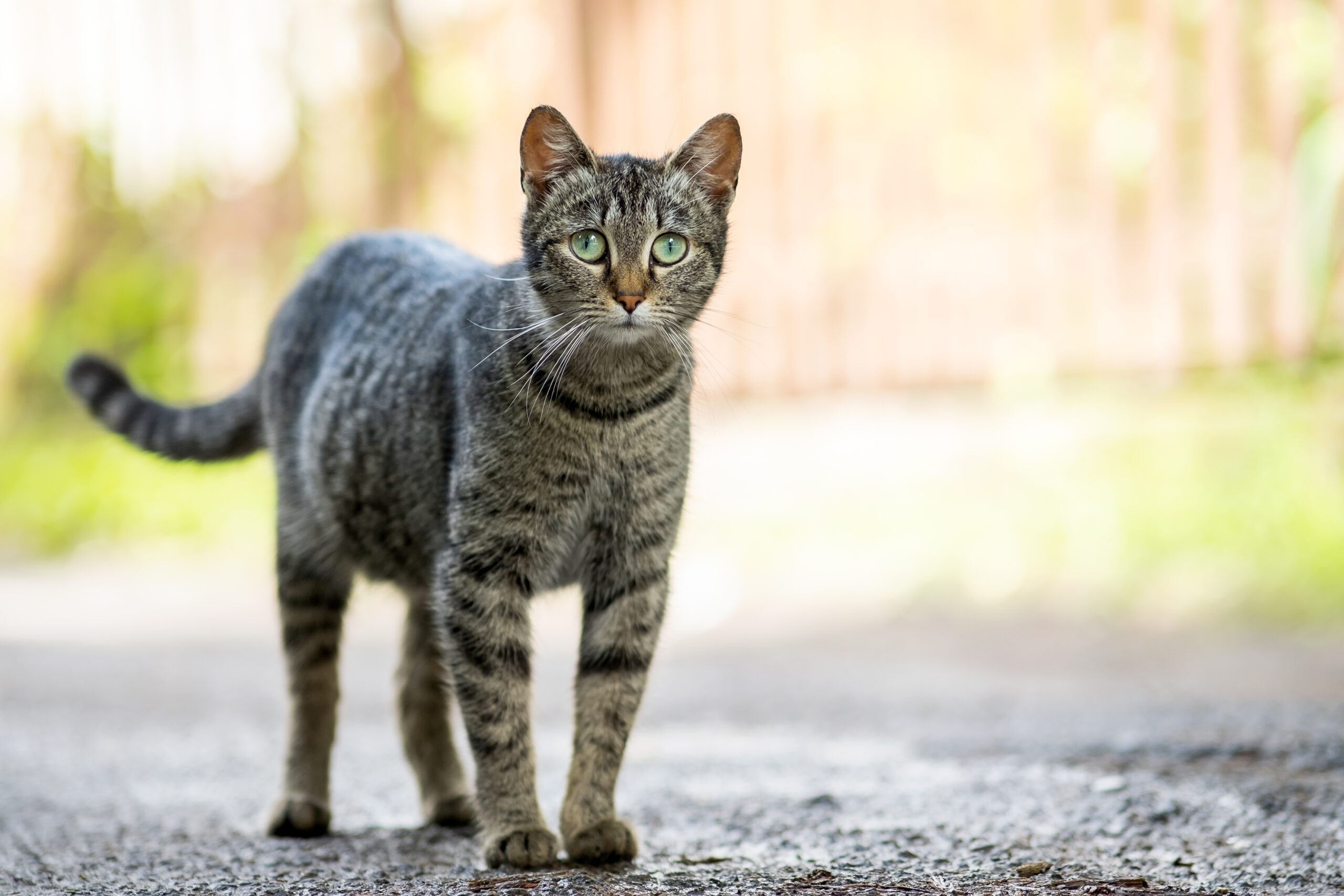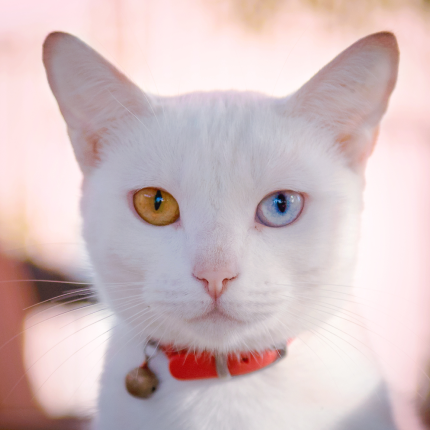The Success of Banyule’s Free Cat Sterilization Program

Urban areas worldwide face challenges with free-roaming cats, often leading to nuisance complaints and significant strain on local animal management systems. In Victoria, Australia, the city of Banyule has pioneered a revolutionary approach to addressing this issue with impressive results. In 2013, Banyule implemented a comprehensive free cat sterilization program to reduce the population of stray and semi-owned cats.
The Problem with Traditional Cat Management
Traditional methods of managing stray and free-roaming cats have included trapping, adoption, and euthanasia. However, these approaches have proven largely ineffective in reducing the number of free-roaming cats and often result in high euthanasia rates. In many cases, healthy cats are euthanized, negatively affecting shelter staff and overall animal welfare. In Banyule, the challenge was exacerbated by ineffective legislation regarding cat containment and microchipping.
The Banyule Program: Objectives and Implementation
In response to these challenges, Banyule launched a free cat sterilization, microchipping, and registration program in 2013. The program initially targeted three low-socioeconomic suburbs with the highest rates of cat-related complaints. It provided free cat transportation and aimed to turn semi-owned strays into fully-owned pets by encouraging community members to take ownership of the cats they were feeding.
The initiative included sterilization and microchipping, and its scope was gradually expanded city-wide. Over the eight years of the program, the sterilization rate averaged 4.1 cats per 1,000 residents in the target suburbs, with a cumulative total of 33 cats per 1,000 residents.
Key Outcomes and Results
The impact of the Banyule program was profound and multifaceted:
-
- Reduction in Cat Intake and Euthanasia:
- City-wide, impoundments of cats decreased by 66% over eight years. The number of impounded kittens under 12 weeks of age dropped by 75%.
- Euthanasia rates fell by an astonishing 82%, from 138 cats per year to 25 cats per year.
- The proportion of impounded cats reclaimed by their owners increased from 6% to 16%.
- Decrease in Cat-Related Complaints:
- Cat-related calls to the council decreased by 36% city-wide and by 51% in the target suburbs. This drop indicates a significant reduction in nuisance complaints and stray cat sightings.
- Financial Savings:
- The program resulted in substantial cost savings for the city. Estimated savings totaled AU $440,660, with reduced costs for cat-related calls and charges from the contracted welfare agency. The program’s outlay was AU $77,490, demonstrating its cost-effectiveness.
- Reduction in Cat Intake and Euthanasia:
Implications for Urban Cat Management
The success of Banyule’s free cat sterilization program provides a compelling case for rethinking urban cat management strategies. By focusing on proactive measures such as targeted sterilization and community involvement, the program has demonstrated that it can significantly reduce cat populations and euthanasia rates while simultaneously saving costs.
This approach contrasts sharply with traditional methods and offers a model for other cities facing similar challenges. The positive outcomes in Banyule underscore the importance of investing in preventive measures and community-driven solutions to address urban cat issues.
The Banyule free cat sterilization program has set a new standard for urban cat management. Its success in reducing cat intake, lowering euthanasia rates, and generating substantial cost savings highlights the effectiveness of targeted, proactive approaches. As cities around the world grapple with the challenges of managing stray and free-roaming cats, Banyule’s program offers valuable insights and a blueprint for more humane and efficient solutions.

Featured Articles

Why Do Cats Roll Over Into Their Backs But Not Let You Touch Their Bellies?
It’s common knowledge dogs love to have their tummies rubbed when they freely lay down before you and roll onto their backs. But, if you’re also familiar with cats, you know that when they roll onto their backs with their bellies exposed, rubbing the belly will most likely result in…

Polydactyl Cats: Just More Beans to Love
Polydactyl cats have become extremely popular in recent times. As a result, more and more people are interested in learning more about this six-toed cat and want to get one of their own. If you are a cat lover intrigued by polydactyl cats, you have come to the right place….

Greebles and Cats: The Origin and the Meaning
You may have seen an internet sensation concerning cats labeled “greebles.” Feel out of the loop? We’re here to help you. In 2019, Reddit user /user/literallyatree commented on a Reddit post about a cat that looks like it’s trying to slap a ghost. This user commented: “My family calls things…
